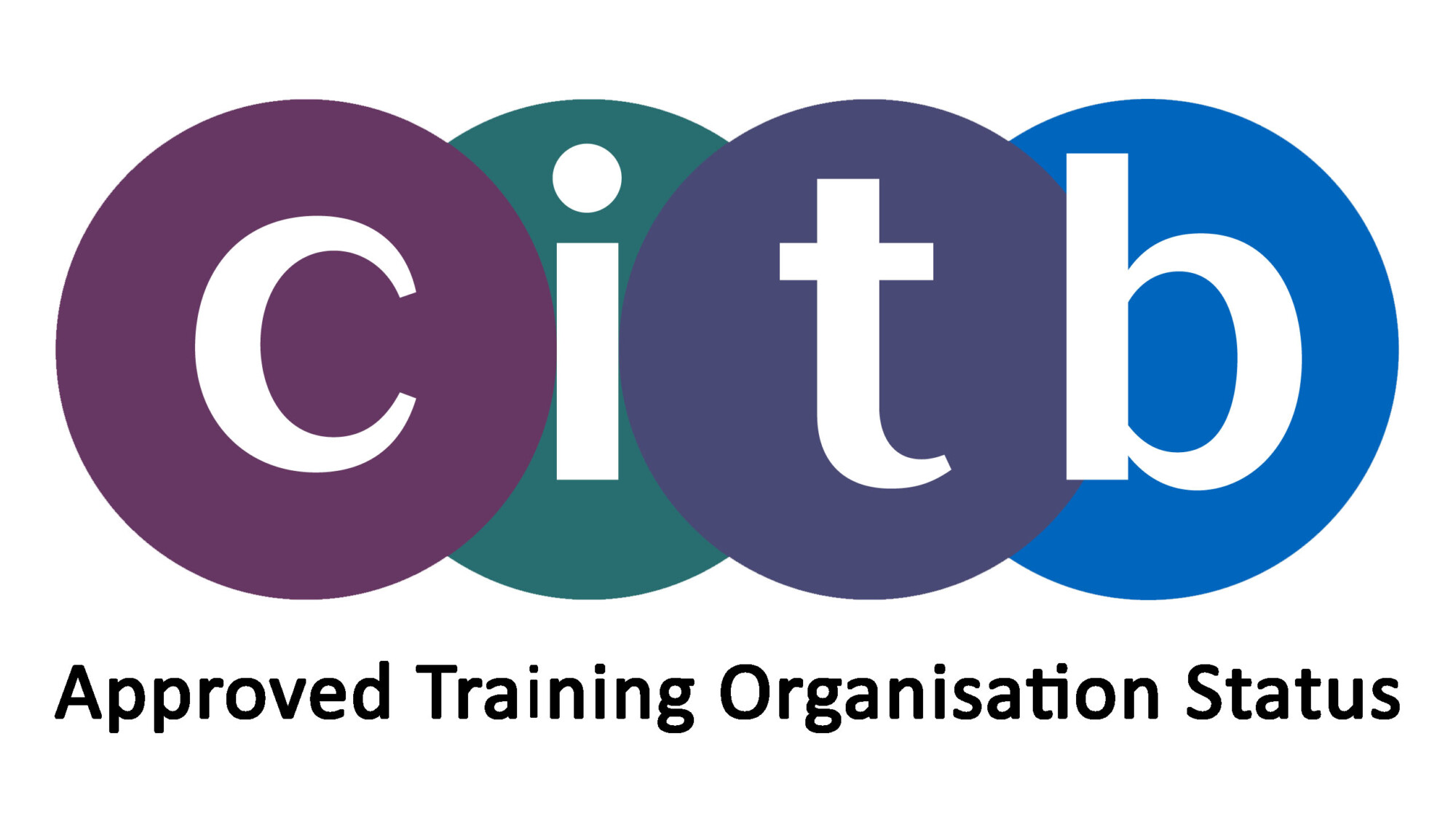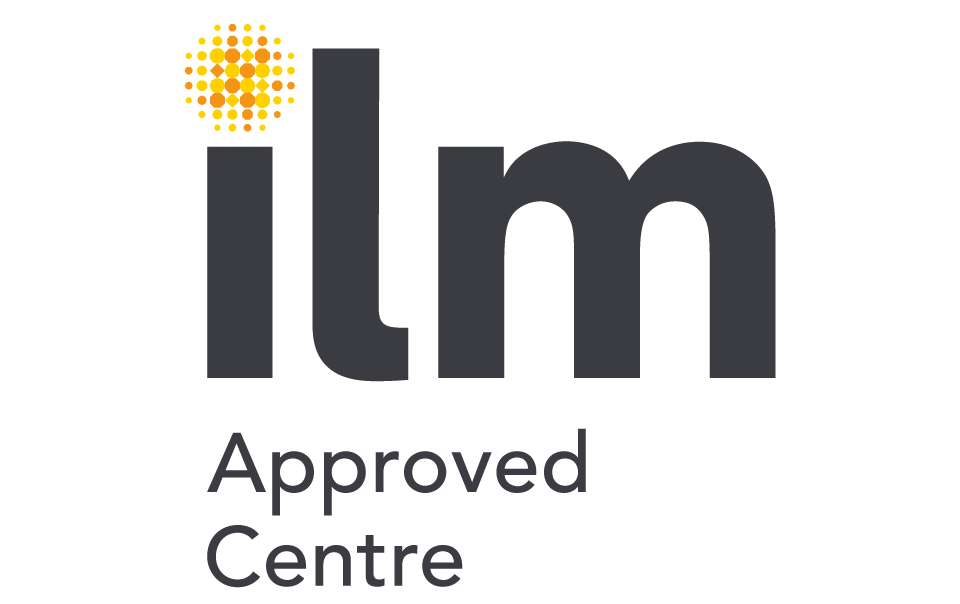How to Make Learning and Development a Strategic Priority
The primary purpose of learning and development in the workplace is to develop your people to deliver against your business’s priorities. This needs to happen in a timely, costly and high-quality manner.
However, as a senior leader, you know that learning and development is much more than simply imparting knowledge and hoping your staff use it wisely!
When adopted as a strategic priority and given the time and respect it deserves, the L&D function can help you:
- Attract and retain skilled talent
- Develop your staff’s capabilities
- Build a sense of community in the workplace
- Strengthen your brand
- Continually motivate your employees
Taken overall, your learning and development function will then seep into every aspect of people management. It will affect recruitment, performance management, promotion and even succession planning.
How Learning and Development Supports your Business’s Overarching Strategy
As a leader, you understand your business’s priorities and key outputs. You can therefore develop a tailored learning and development programme that positions your employees to be successful in achieving their deliverables.
The aim is to impart relevant and current knowledge in a suitable manner.
This means your employees can hone their skills, deepen their understanding of your corporate goals and be better positioned to act within the limits of their authority.
In order to achieve this, you must first assess each employee.
You need to identify any capability gaps that exist between the individual’s current skill set and what’s required to enable them to operate at maximum productivity.
You can then consider each person as an individual and tailor a learning and development programme to address their specific needs.
In this way, your business develops a workforce that’s perfectly positioned to deliver for you. And the crucial bonus?
Your employee feels valued and safe and therefore motivated to work to the best of their ability.
It’s a win-win.
Of course, there’s little point in investing heavily in learning and development if no observed benefit arrives.
So, for a learning and development strategy to be effective, you need to be able to measure results.
That means setting clear key performance indicators and continually monitoring progress against them. For example, milestone achievement, team effectiveness and employee engagement.
You can pivot as necessary to improve outcomes along the way.
If you’d like to learn more about leadership development that works, explore this post to discover how a bespoke approach inspires stronger leaders and creates lasting impact.
Transforming Mindsets and Making Improvements Materialise
For many, the learning and development function is something that exists because it’s mandated by regulations and desired by employees – rather than because it delivers any particular benefit.
However, as a senior leader, you have an alternative approach to use.
You can align learning with your business goals, collect data and continually refine processes and practices.
You’ll then find the L&D function becomes a powerful driver for business change. It raises strategic decision-making to new levels and delivers a significant return on your investment.
Keystone Can Optimize Your Learning and Development Strategy
If your business is keen to explore the opportunities that accompany the transformation of the L&D function from cost centre to strategic lever, please speak to Keystone today.
Our training experts have experience in multiple verticals. They’ll explain how we partner with you to tailor a learning journey that addresses your business’s unique needs. This ensures you see positive, lasting change and measurable outcomes. Let’s talk.
Esther Patrick is a Client Accounts Director at Keystone and a member of the Senior Leadership Team. An experienced consultant and management author, she has nearly 20 years’ experience leading client partnerships across sectors from construction to healthcare and designing leadership, culture, and team development programmes aligned with their strategic goals and values. Esther is passionate about creative, human-centred learning.



